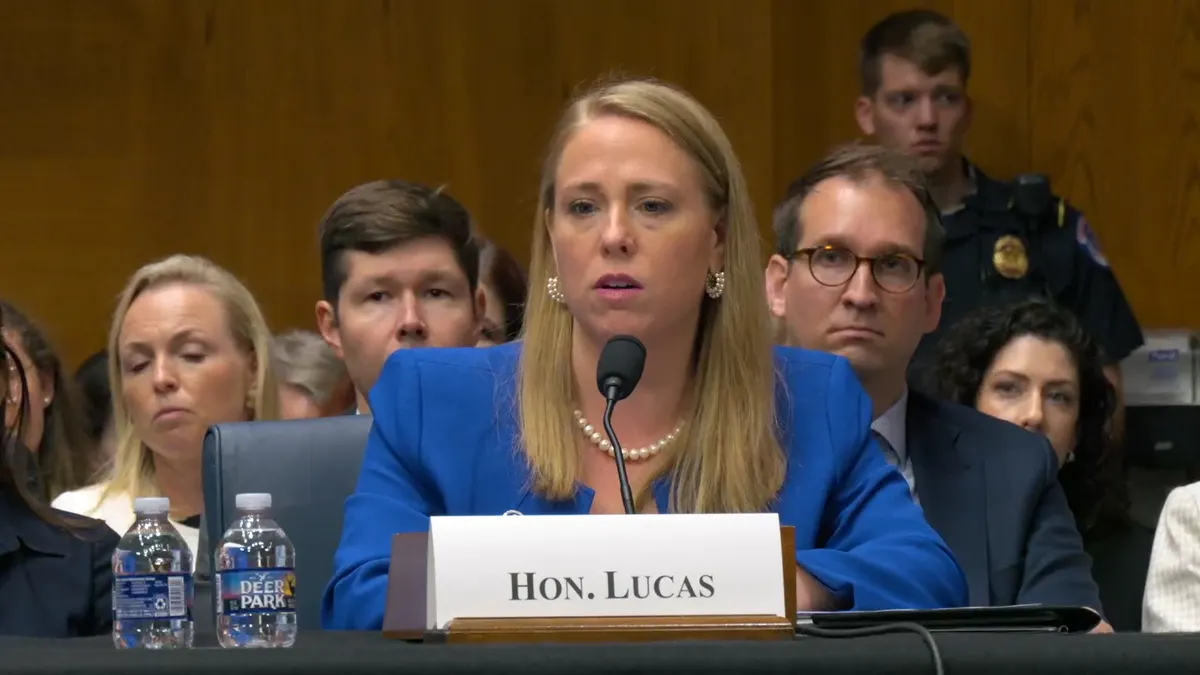Meredith Gregston is a senior attorney at Hunton Andrews Kurth LLP. Dan Butler is an associate with the firm.
As human resource practitioners know, terminations can be one of the most difficult parts of the job. Terminations are disruptive to both the employees facing termination as well as the business. It can be challenging to balance the business needs and remain professional while simultaneously being sensitive to employees.
Poorly planned or executed terminations can result in numerous consequences whether those errors are made in the investigation phase, the decision-making process, in the termination meeting itself or in the post-termination communication phase. Here, we highlight ten common “termination traps” that employers make and best practices related to avoid them.
Trap No. 1: Insufficient documentation
“If it is not in writing, it did not happen,” the saying goes.
As any attorney will profess, lawsuits are usually not about what happened, but rather what each side can prove happened. And the best way to present proof of what happened is through the use of contemporaneous documentation and written communications, not only oral testimony.
Contemporaneous written accounts of performance problems are the best way to prove that the reasons for a termination were grounded in legitimate business reasons. This is why it is critical to contemporaneously document performance concerns when they occur. Post-hoc rationalizations of performance issues, even if reduced to writing, do not have the same impact.
Trap No. 2: Inadequate investigation
Many terminations are preceded by an internal investigation; those can be triggered by a number of things — an employee or customer complaint, for example. Naturally, if the investigation was poorly executed, any resulting termination will be less defensible.
Investigations should include a detailed interview with the complaining party, the party accused of misconduct and any witnesses that either party identifies in those interviews. More often than not, the investigation should also include review of surveillance footage and other records that may pertain to the misconduct. The investigator should take detailed notes of the findings and, ideally, transmit those findings into a company-template report. That way, the results of the investigation can be presented in evidence as a business record. The investigator should work with counsel if they would like the investigation to be privileged — or outside counsel if they desire an easier bar to maintaining privilege.
Trap No. 3: Failure to consider past practice or similarly situated employees
When it comes to anti-discrimination law, the guiding principle is consistency. Employees who commit misconduct should be disciplined in the same manner as others who committed the same or similar misconduct.
One of the most common ways that discrimination can be inferred is through the identification of a “comparator” that was treated more favorably than the plaintiff. This is why it is important that any termination decision consider previous instances of similar misconduct and evaluate the termination decision against those prior instances.
Trap No. 4: Slipshod reductions in force
One of most common pitfalls when authorizing a reduction-in-force is the failure to consider whether the employee selections have a disparate impact on a protected group.
If a RIF has a disproportionate impact on a protected group (whether based in, for example, age or race), a court may find that the RIF was unlawful. It is critical to work closely with counsel on RIFs as critical assessments such as the “decisional unit” (the scope of employees considered for separation) can play a large role in the legal defense of any RIF.
Trap No. 5: Delay in termination
The timing of events is critical in employment litigation. And the chronology of events that lead up to the termination can often make or break a case.
This is why it is important to act quickly whenever a potential termination is on the horizon. Decisions to terminate should be documented contemporaneously when the decision is made, even if the termination meeting will not occur until a later date. While not common, some employees who feel that their job is in jeopardy may resort to tactics such as stealing confidential intellectual property, or engaging in bad-faith protected activity to set up a potential retaliation claim. Such malfeasance can be mitigated if termination decisions are made quickly.
Trap No. 6: Failure to prepare for termination meeting
A termination meeting can be uncomfortable and confrontational. That is why it is critical to sufficiently prepare in advance by, among other items, drafting up talking points, selecting a confidential, private location to hold the meeting, selecting an appropriate time of the day, and having an exit plan.
Termination meetings should be professional and short in duration. A long, protracted meeting can only invite later mischaracterizations of what was said. To mitigate this, it is a best practice to have at least two individuals (e.g., human resources and the employee’s supervisor) present in the meeting with the employee. But avoid stacking the meeting with too many managers as that can send an intimidating signal.
Trap No. 7: Failure to mitigate business risks
An integral part of preparing for a termination includes planning for how to secure company intellectual property and other documents and information. This makes it critical to coordinate with information technology professionals to, for example, cut off employee access to records and files during the termination meeting. If the employee has confidential information in their physical possession (such as a remote worker at home would have), plans should be made for the efficient return of such property.
Trap No. 8: No post-termination communication plan
Colleagues of the terminated employee sometimes have questions about the reasons for the termination. This is why it is important to develop a communication plan to avoid the spread of false rumors and gossip. It is a best practice to direct employees with questions to a single human resource professional or manager if they have questions about their colleague’s termination.
Trap No. 9: Payment of final wages and benefits
There are a host of local and state laws that should be referenced before finalizing a termination. These laws have implications for, among other things: when a final paycheck should be delivered to the employee; whether any accrued paid time off needs to be included in the final paycheck; and whether certain bonuses or commissions need to be included in an employee’s final paycheck. For example, some jurisdictions require that the final paycheck be delivered on the employee’s last day of employment whereas others allow such payment on the next regularly scheduled payroll.
Trap No. 10: Problematic severance agreements
If considering a severance agreement, it is important to work closely with counsel. Numerous factors impact the scope of allowable provisions, including the state in which the employee is located, the age of the employee and the existence of any prior employment contract.



















